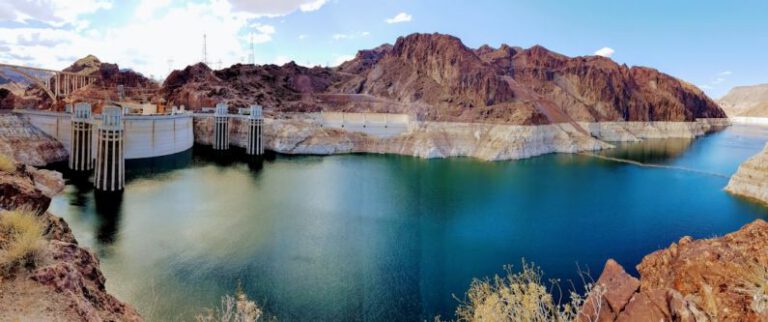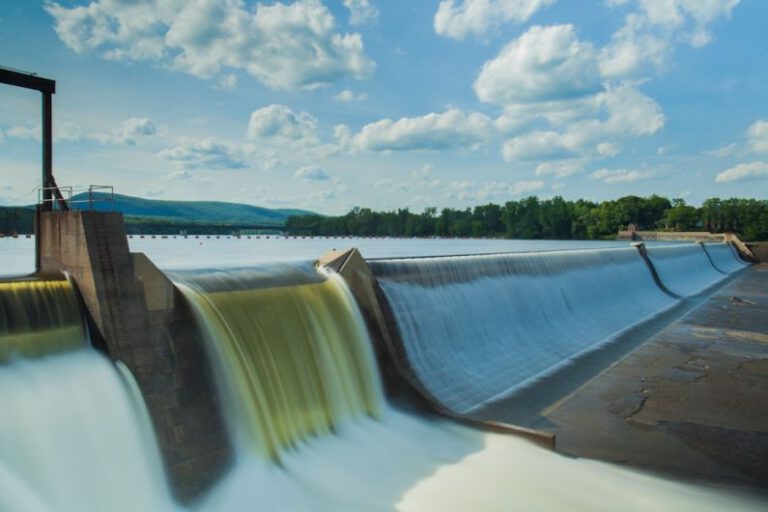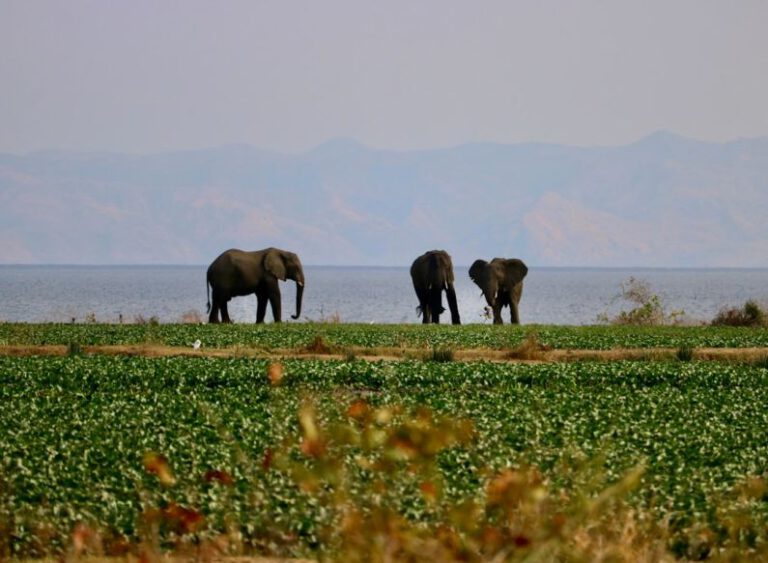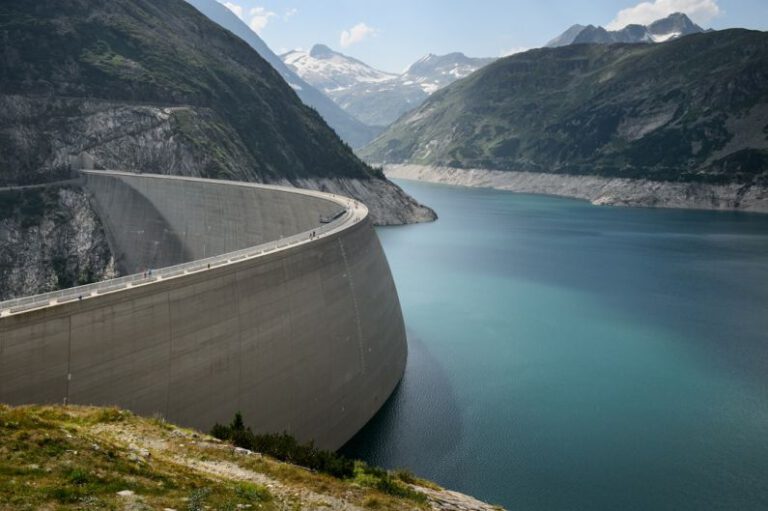The Grand Ethiopian Renaissance Dam: Africa’s Power Shift
Located on the Blue Nile River in Ethiopia, the Grand Ethiopian Renaissance Dam (GERD) is a monumental hydroelectric project that has sparked both controversy and hope in the region. As one of the largest dams in Africa, the GERD has the potential to reshape the power dynamics not only within Ethiopia but across the entire continent. Let’s delve into the implications of this ambitious project and the ways in which it signifies a significant power shift in Africa.
The Importance of the GERD
The GERD holds immense significance for Ethiopia, a country that has long struggled with energy shortages and a lack of access to electricity for its populace. Once completed, the dam is expected to generate over 6,000 megawatts of electricity, providing a reliable source of power for millions of Ethiopians. This massive increase in energy production has the potential to propel Ethiopia’s economic growth and industrial development, setting the stage for a brighter future for the nation.
In addition to addressing Ethiopia’s energy needs, the GERD also has the potential to benefit neighboring countries in the region. The dam’s reservoir will regulate the flow of the Blue Nile, potentially reducing the risk of flooding downstream in countries such as Sudan and Egypt. By providing a more stable water supply, the GERD could contribute to improved agricultural production and water security in the region, fostering cooperation and mutual benefit among these nations.
Challenges and Controversies
Despite its potential benefits, the GERD has not been without its share of challenges and controversies. The main point of contention revolves around the impact of the dam on downstream countries, particularly Egypt. As the downstream riparian state that is heavily reliant on the Nile for its water supply, Egypt has expressed concerns about the potential reduction in water flow caused by the GERD, which could have serious implications for its agricultural sector and overall water security.
Negotiations between Ethiopia, Egypt, and Sudan have been ongoing for years, with disagreements over water allocation and the filling of the dam’s reservoir remaining unresolved. The construction and filling of the GERD have raised tensions in the region, highlighting the complex interplay between water resources, national interests, and regional geopolitics. Finding a mutually acceptable solution that balances the needs of all parties involved remains a pressing challenge.
Africa’s Power Shift
The development of the GERD symbolizes a broader power shift in Africa, where countries are increasingly asserting their sovereignty and pursuing ambitious infrastructure projects to drive their development agendas. Historically, African nations have been dependent on external aid and support for their infrastructure needs, but the GERD represents a departure from this paradigm. Ethiopia’s determination to fund and construct the dam on its own terms showcases the growing agency and capabilities of African nations to shape their own destinies.
Moreover, the GERD has the potential to transform Ethiopia into a regional powerhouse, both in terms of energy production and geopolitical influence. By harnessing the power of the Blue Nile, Ethiopia can position itself as a key player in the region, wielding significant leverage in negotiations and strategic partnerships. The successful completion of the GERD could set a precedent for other African nations to pursue large-scale infrastructure projects that drive economic growth and enhance their standing on the continent and beyond.
In conclusion, the Grand Ethiopian Renaissance Dam represents a turning point in Africa’s development trajectory, signaling a shift towards greater self-reliance and agency among African nations. While challenges remain in terms of regional cooperation and water management, the GERD stands as a testament to the potential for African countries to chart their own path towards progress and prosperity. As the dam nears completion, the eyes of the world are on Ethiopia, watching as it asserts its place as a rising power in Africa and reshapes the dynamics of the region for years to come.






